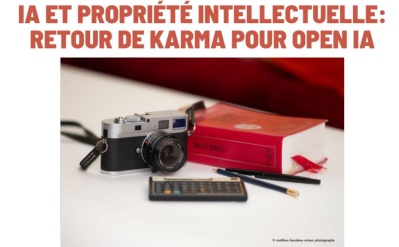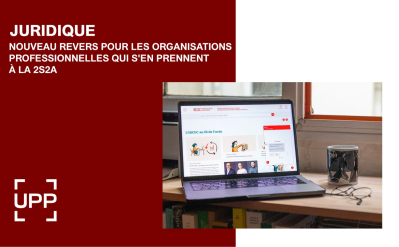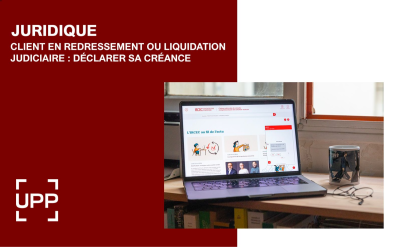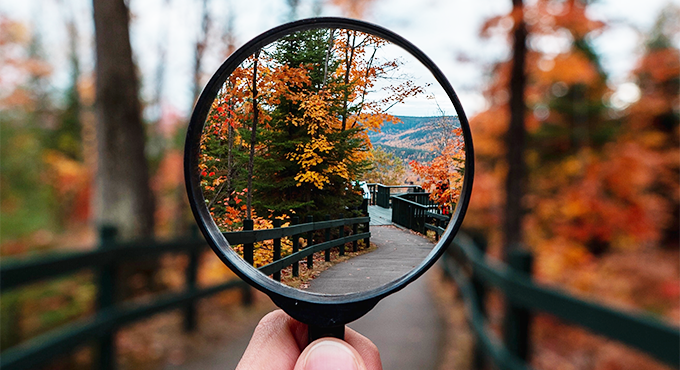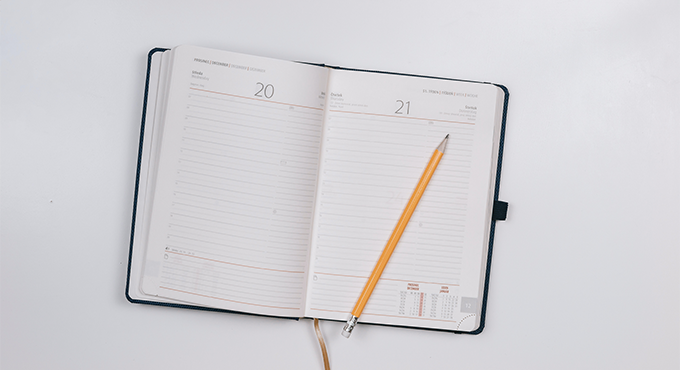News

Credit: Emmanuel Perret
An illicit work is nonetheless protected by copyright
01 October 2024
Legal
Viewed 431 times
TJ Lille, September 6, 2024 Between 2014 and 2015, artist Anonyme covered a state-owned blockhouse on an Opal Coast beach with fragments of mirrors, without first seeking the owner's permission. He...
You must be cotisant to read the rest


